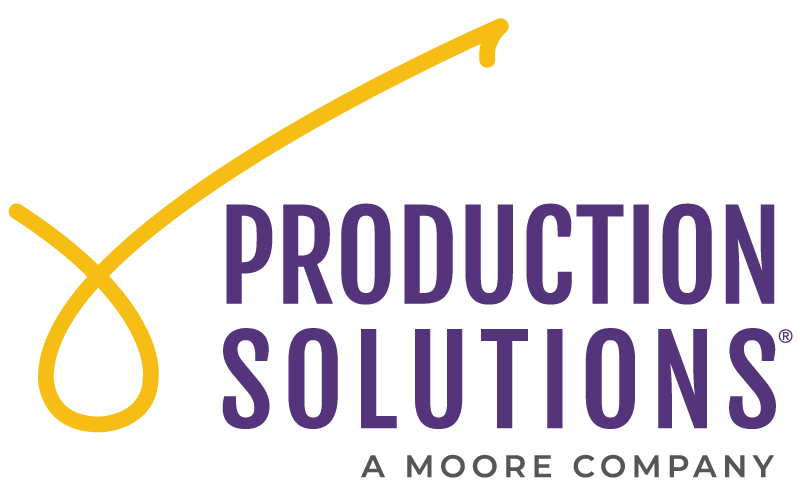5 Tips for Better Email
 Production Solutions
Production Solutions
Check your email inbox at any given time and I’m sure, like most people, you have more emails than you know what to do with. This proves to be a problem in the digital world, and is one of the biggest challenges facing nonprofit organizations today. How do we, the digital marketers, make sure the emails we are sending have the most impact and provide a good return on investment?
At the DMA Nonprofit Federation Digital Day in D.C., Lisa Kaneff (a PS Digital partner and copywriter/messaging consultant at Next Chapter Consulting) and I presented 5 tips for better email, that will help boost your ROI. Lisa has been instrumental in getting eyeballs on emails (and action from constituents!) for many of our clients, so she had a lot of great insights and easy “to-dos” to share. In the coming weeks I will be posting a series that will dive deeper into each of these topics:
- Get the Open
- Design Smart, Design Simple.
- Use Good Buttons
- Be Persistent
- Test, Try, Measure
The first thing you need to do is Get the Open.
You need people to open your email. If your click-through and conversion rates are good, but your open rates are low, the rest doesn’t matter. It means that despite all the time and money you spent working on the copy, graphics, and discussing what calls to action would resonate better, no one is seeing them. So how can you boost your open rates and get that open? By focusing on the Email Envelope. There are 3 parts to the Envelope: the From Name, Subject Line, and Pre-header. Each of these items can be customized and tailored for the campaign.
The From Name tells your readers “who it’s from.” It’s the first opportunity you have to give them a reason to open. It acts just like caller ID; if you don’t know who is calling, you won’t pick up the phone. Keep in mind there is a difference between the From Name and the Sender. The Sender is who is actually sending the email. For example, Food & Friends sends their emails from Craig Shniderman, their Executive Director. However, sometimes the email’s From Name says “Food & Friends” So the Sender can be the same as the From Name, but it doesn’t always have to be. Your CRM provides the flexibility to customize this, and a good tip is to take advantage of that.
The Subject Line is the “What do they want.” You are letting the readers know why you’re “calling.” This should stand out but, with everyone fighting for attention, what are the best ways to do that? Try to look different, feel different, evoke, provoke, inspire, and yes even confuse. People are more likely to open if there is an emotional response.
The last part of the envelope is one of the most missed opportunities. It’s the Email Pre-header, or the “Is this worth my time?” Many emails waste this space by not including anything. I’m sure you have all seen the “View this email in a browser” text showing up here. Also, be sure to test your pre-header text to make sure it isn’t too short.
Ok, so you’ve got a few tricks to get the open, and the reader is looking at your email, now what? You need to Design Smart, Design Simple.
There are many different ways to captivate your readers and get them to accomplish the desired action. The most important things to consider when creating an email template are:
- Avoid the sideways scrolling, use templates that are no wider than 600px
- Cut down on the clutter, the simpler the better
- Make it mobile friendly, use big tappable buttons, larger font sizes and scalable graphics
- Have a call to action “Above the Fold”
- Provoke emotional responses wisely
Outside of your graphics and copy, your calls to action are just as important. That’s why it’s important to Use Good Buttons.
Buttons in the past have been short, small, and straight to the point. “Donate,” “Give Today,” “Contribute Now!” These are all buttons that have been done over and over again. Compare the two examples below; by using more actionable content, you give the reader the opportunity to feel more engaged. Try using a coded button instead of an image. You will have the ability to customize it and use any dynamic content you want.
So you’ve gotten them to open, they’ve clicked through, but you are still not seeing the conversion. Be Persistent. If at first you don’t succeed, try again, just not TOO many times.
A common technique is to send an email in the morning and then forward the same email from a different person in the afternoon, or even the next day. There are several ways to do this design-wise, but while the build and technical challenges are all the same, you are essentially faking a forwarded email.
Another approach is to just resend it. Our client sent an emergency snow appeal for the DC snowstorm of 2016, and a few days later we resent the exact same thing with no changes, not even to the subject line, and received nearly triple the money the second time around.
Every organization is different. What worked for one organization and list might not work for your list. So how do you know what will? Test, Try, Measure.
Testing and trying are the best ways to find out how your readers will react and what works best. Testing should be done in small incremental steps; you don’t want to change too much or you won’t be able to isolate what really worked. But remember, testing is a science and to ensure you’re getting good results, make sure you’re testing correctly. The other approach is to simply try. If your list is small, or you don’t have the bandwidth or budget to test, just try changing it up, see what works best.
Hopefully you are going to try some of the tips we discussed today. The only way to better your email is to try some new things, shake up the status quo, and have fun! Be sure to stay tuned for upcoming posts that dive deeper into each of these topics.
©2026 Production Solutions, Inc., a Moore Company. All rights reserved.
4200 Parliament Place, Floor 3, Lanham, MD 20706 | Privacy Policy









